Some of the most developed cities in the world are actually built on foundations that date back to ancient times, with historical monuments still preserved to this day.
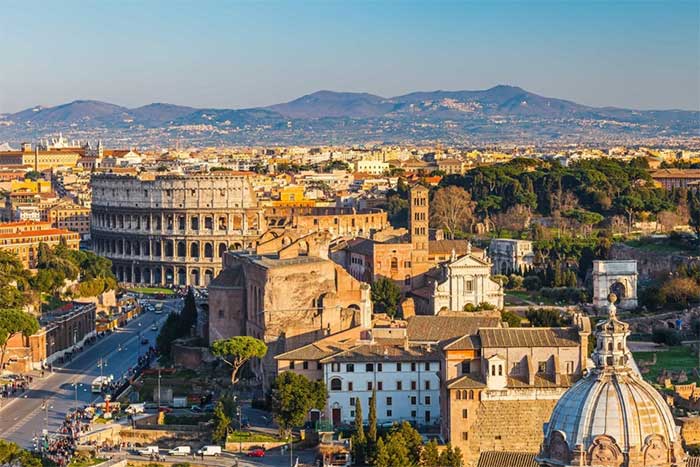
Rome, Italy: The city of Rome has several areas that are almost entirely devoid of contemporary structures. Founded in 753 BC, Rome is one of the oldest continuously inhabited cities in Europe. Notable historical landmarks include the Roman Colosseum and the Roman Forum. (Photo: Shutterstock).
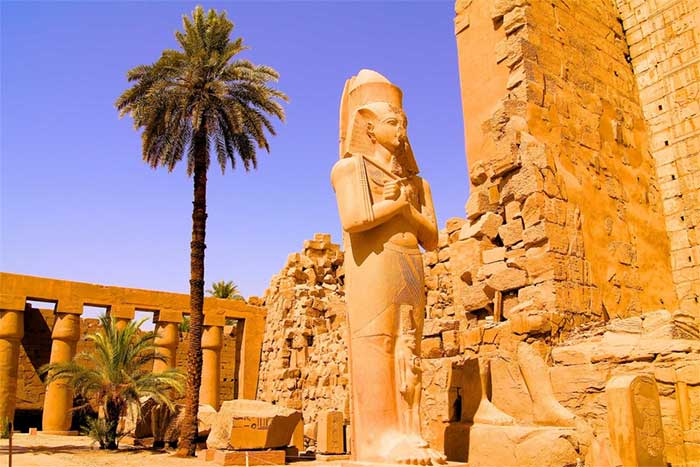
Luxor, Egypt: Luxor is located on the eastern bank of the Nile River in southern Egypt. Once the capital of Thebes in ancient Egyptian history, the city is often referred to as the world’s largest open-air museum. Luxor preserves thousands of ancient architectural works, including the Karnak and Luxor temples, both situated within the modern city. (Photo: Shutterstock).
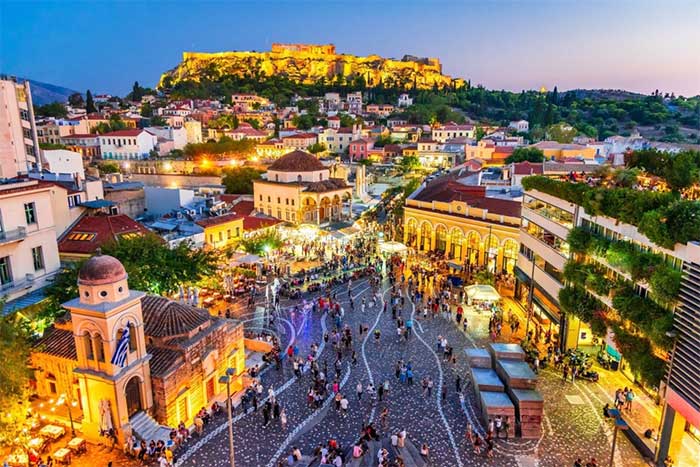
Athens, Greece: Athens is a perfect example of a modern city coexisting with its ancient past. The capital of Greece boasts a recorded history spanning over 3,400 years. Evidence of classical Athens can be seen everywhere, with a variety of monuments such as the Acropolis, the Temple of Athena Nike, the Parthenon, the Hekatompedon, the Temple of Zeus Polieus, and the Erechtheion. (Photo: Shutterstock).
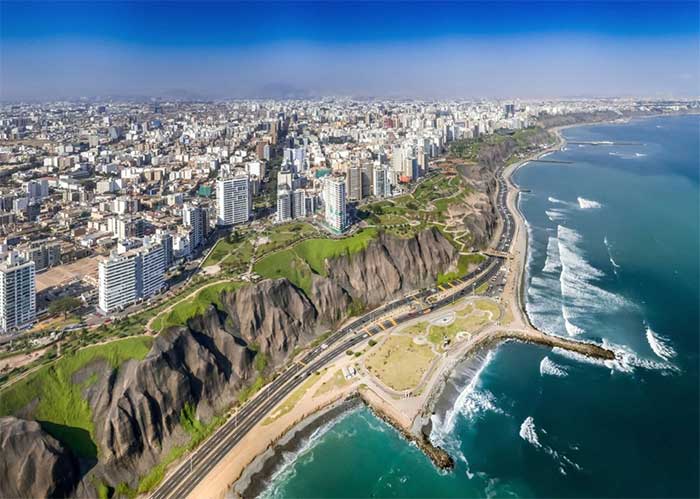
Lima, Peru: Lima is one of the largest cities in the Americas, with a population of nearly 10 million in its metropolitan area alone. The capital of Peru was founded in 1535. However, the city is built on ancient foundations dating back to pre-Columbian times. In the 1950s, archaeologists discovered a brick pyramid used by the Inca and Huallamarca people over 2,000 years ago. This site, known as Huaca Huallamarca, is located in the San Isidro district of Lima. (Photo: Shutterstock).
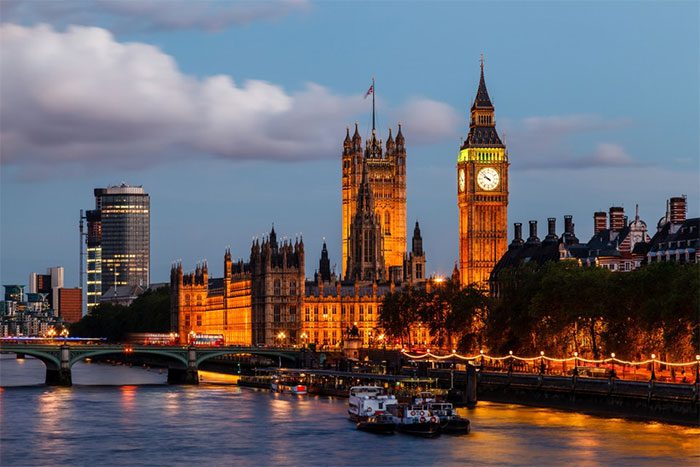
London, England: London has a population of nearly 9 million people. It has been a major settlement for over two millennia, established by the Romans in 47 AD under the name “Londinium.” Remnants of Roman occupation can still be found in the surviving sections of the city walls. (Photo: Shutterstock).

Seoul, South Korea: The capital of South Korea has a history of nearly 2,000 years. Visitors can explore the Hanyang Seoul Fortress Wall, a 14th-century heritage site of the city. Originally, the wall was built to protect and define the city’s boundaries during the Joseon Dynasty. (Photo: iStock).
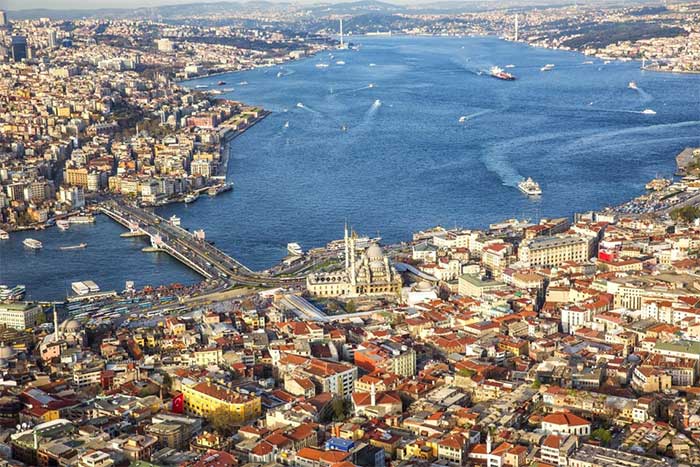
Istanbul, Turkey: Turkey’s largest city is home to over 15 million residents. The Bosphorus River divides Istanbul into parts in Europe and Asia. A settlement established by Greek colonists at the site of the present city in the 7th century BC was named Byzantion. Roman Emperor Constantine the Great renamed it Constantinople around 330 AD. Today, the city is known as Istanbul and still preserves a range of important historical landmarks. (Photo: Shutterstock).
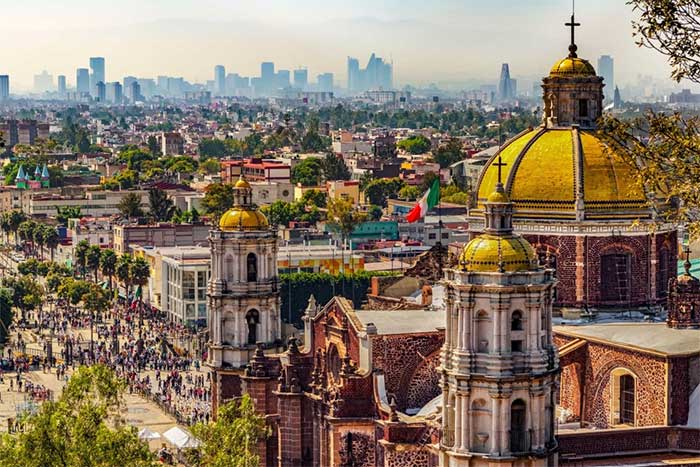
Mexico City, Mexico: This vast metropolis was founded as Mexico-Tenochtitlan in 1325. Some remnants of the ancient Aztec civilization still exist here. The most notable example is the Templo Mayor (Main Temple) located in the city center. (Photo: Shutterstock).

Xi’an, China: Xi’an, the capital of Shaanxi Province, is one of the oldest cities in China. It is also one of the Four Great Ancient Capitals of the country. Xi’an is home to many historical sites, the most famous being the mausoleum of Qin Shi Huang, which took over 38 years to build (from 246-208 BC) and has become one of the world’s most unique tourist attractions. (Photo: Shutterstock).
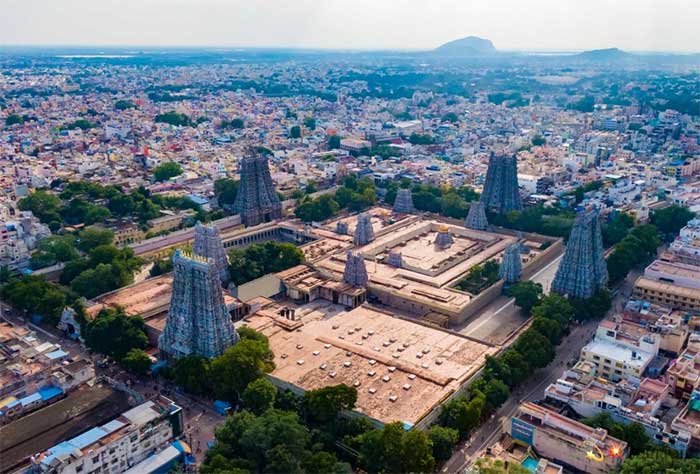
Madurai, India: Located in the state of Tamil Nadu, Madurai is one of the oldest cities in the region, mentioned in texts dating back to the 6th century BC. Madurai was built around the Meenakshi Amman Temple, which served as the geographical and ceremonial center of the ancient city. Today, this structure is a famous attraction known for its intricately decorated exterior. (Photo: Shutterstock).
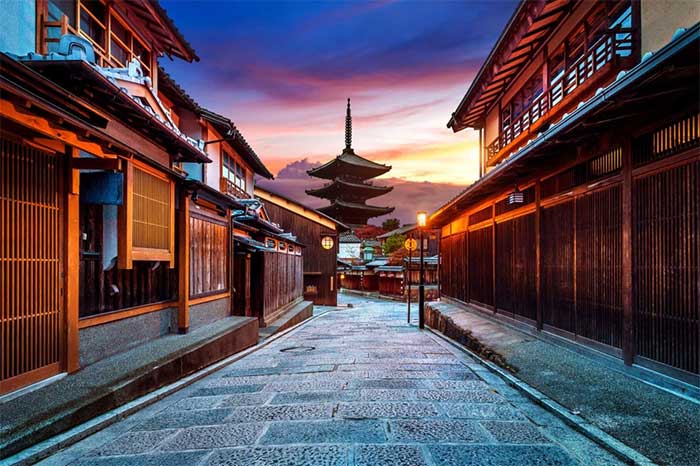
Kyoto, Japan: Founded by Emperor Kanmu in 794 as the new headquarters of the Japanese court, Kyoto was originally named Heian-kyo and was once the capital of the country. Today, the city is still regarded as the cultural capital of Japan, featuring numerous Buddhist temples, Shinto shrines, palaces, and traditional gardens. (Photo: Shutterstock).
Comparison of the 7 Wonders of the Ancient and Modern World


















































